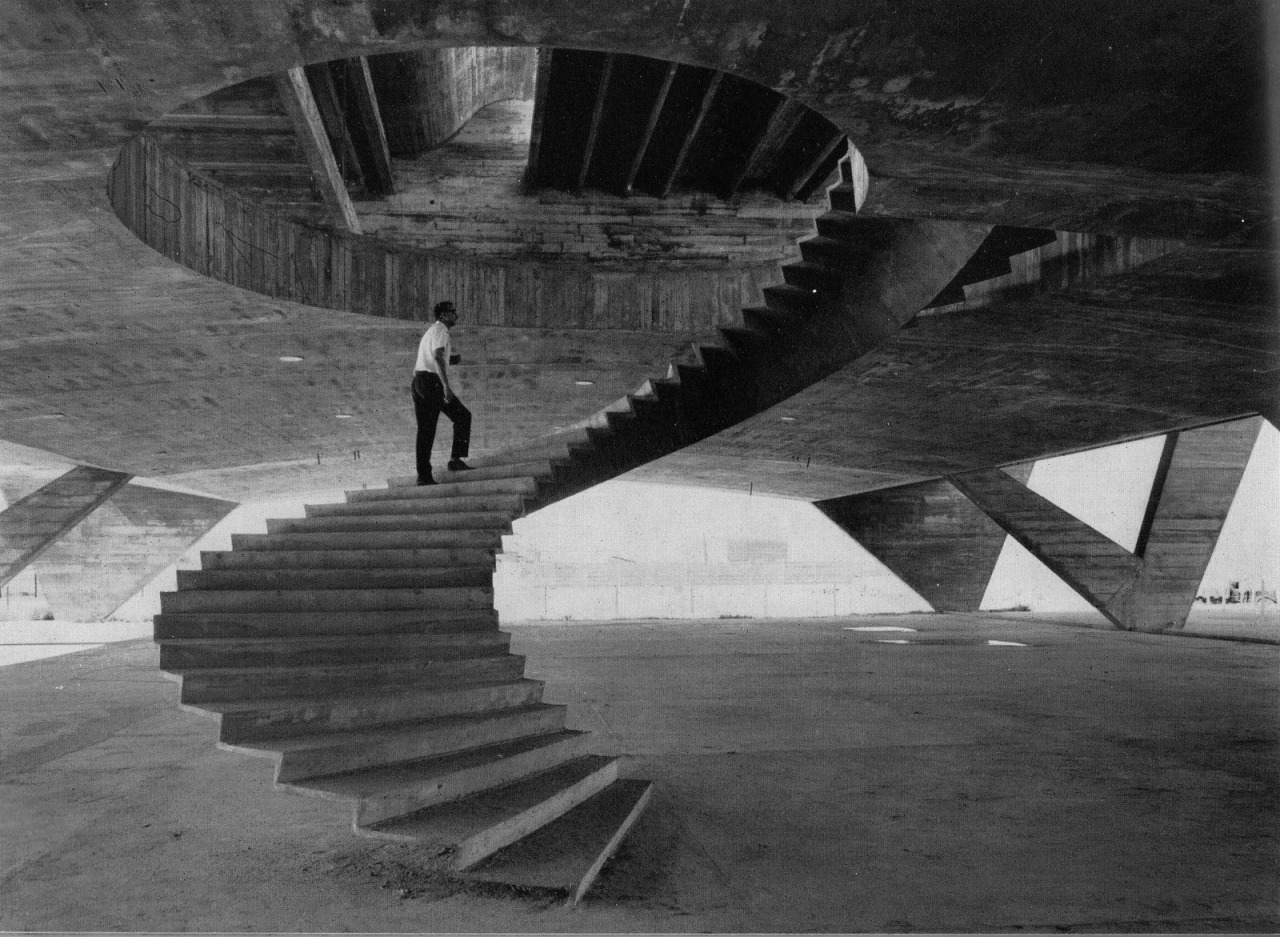02023-02-18 | Design, Food, Photos, Touring, Wine

White letters on a red background, printed to look like it was made by a Dymo label maker. This was the wine we had with dinner, at the Blue Note Napa. A Zinfandel, and I loved the look of it. Minimal ✅, unusual reference ✅, brilliant! The wait person was too young to know Dymo label makers but we recognized it right away. The wine was good as well.
02023-02-16 | Design
When Anna Heringer invited her architecture students to an excursion into the Austrian Alps, she waited until they had reached a high plateau in the mountains before she revealed a surprise: She hadn’t booked a hotel for the group. Building a shelter for the cold October night was the purpose of the trip.
Should Cities Embrace the Ancient Practice of Building With Mud?
02023-02-12 | Coffee, Design, Photos

On Thursday we stopped for coffee in Claremont. It was served in these cups. At first I thought it might be a new paper cup design but it was too sturdy. The fins made it cool to the touch. I looked up the brand and discovered this:
Our journey began with the iconic HuskeeCup. A modular, reusable cup for the home, cafe, or takeaway that repurposes waste coffee husk, a by-product from the production of coffee.
Huskee US
02023-01-15 | Design

Staircase at the Museum of Modern Art, Rio de Janeiro
Brazil, 1953
Affonso Eduardo Reidy
Formlab
02022-08-17 | Design, Environment
I have been staring at this image for a while. Multi-generational planning and building and tending to. It’s very beautiful, isn’t it! I found it here. The linked article is about a design book that contains this example.

One of the loveliest examples comes from one of the wettest places on Earth and one of the most ancient cultures — the Jaintia Hills of the Meghalaya region of Northern India, where during the monsoon season severe rains transform the hills into hunchback islands rising from the flood.
To traverse this Venice of the rainforest, generations of local Khasi people have developed a system of astonishing living bridges, made by training the aerial roots of the native rubber fig tree (Ficus elastica) along the trunk of a betel nut palm tree (Areca catechu) laid across the ravine.
The living bridges are a valiant antidote to instant gratification: It takes a decade of tending before a bridge can support human weight at all. But within a generation, by a slow-blooming miracle of growth, gravity, and devotion, each bridge can carry as many as fifty people at once. With every passing year, with every new generation trained in training the trees, the bridge grows stronger and stronger, its lifespan stretching into centuries, far outliving the first human hands that twined the first rubber fig roots.
The Marginalian
02022-08-14 | Design, Environment
This morning I was thinking about two ideas which oppose each other, kind of. The idea of concrete as a an attempt to create a permanent structure and an idea I remember from a book by Isaac Asimov I read a long long time ago. I remember a world in which things that weren’t used returned to their elements. Knives that weren’t used became dull and eventually turned into crude pieces of metal and wood. Bowls that were not used flattened into circles. Bicycles that weren’t used became unridable. What would a world be like in which everything had to be used in order to retain their shape? We would have a lot less stuff. Perhaps some people would hire someone to wear the shoes they wanted to keep but wouldn’t wear often enough to retain their shape. Keith Richards would have to find people to play his 5,000 guitars so that they didn’t devolve into useless pieces of wood and metal.
Here are a couple of beautiful examples of working with concrete that don’t look heavy or brutalist:
The architecture of Luciano Kruk (homepage), especially this project. The house is beautiful, almost soft and perhaps even light.
Then there is the page of David Umemoto’s Concrete Works, including Spinning Stairs.
I am aware of the environmental impact of concrete. I am also convinced that someone will invent a substance that can take the place concrete. Perhaps instead of pouring it into forms, like concrete, this substance can be grown. The shapes we would see!






